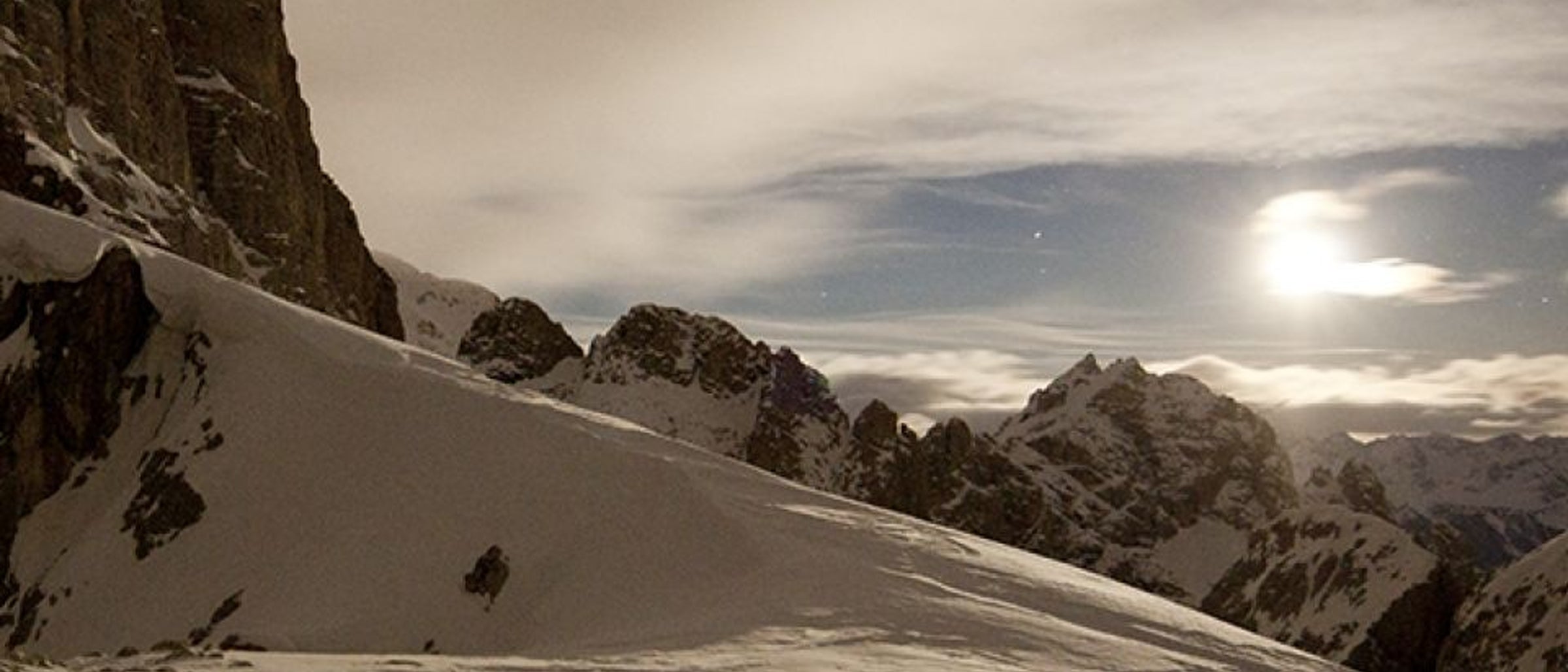Tips for Wild Camping

One of the best ways to get in touch with nature is by spending a night in its presence. Wild camping was experiencing a surge in popularity before the recent coronavirus outbreak, with more people than ever looking to break away from the modern routine and experience something new.
Wild camping is an enjoyable way to get out and spend some quality time to ourselves without a huge expense! Our guide provides some pointers to help you get out and enjoy this increasingly popular pastime!
Know Where (and Where Not) to Camp
One of the most important things when it comes to wild camping is knowing the rules. The thrill of this activity is being able to pitch your tent wherever you wish, but there are guidelines you should follow at all times.
Unfortunately, the rules surrounding wild camping vary hugely across the UK. In Scotland, the ‘freedom to roam’ rules mean that people are free to travel and camp as they please over unowned Scottish lands. This regulation means that wild camping is allowed in the majority of natural regions across the country!
The rules in England, Wales and Northern Ireland are different. Here, as almost all land is owned one way or another, it’s technically illegal to wild camp without the site owner's prior permission. In many cases, receiving approval can be straightforward – Dartmoor in Devon, for example, has designated wild camping areas.
Getting Permission for Wild Camping in England, Wales and Northern Ireland
Due to the nature of wild camping, many landowners are happy for you to enjoy their land so long as it’s clear that you are honest about your intentions. Some people choose to wild camp without permission, particularly in locations far away from people. However, this can lead to trouble, so it’s worth making contact with the landowner.
In all cases, you should research your desired camping spot before travel, so you understand what’s allowed and what isn’t.

Pack the Right Gear
As with a multi-day hike, it’s vital that you get your packing right before any wild camping trip. You don’t want to be stuck in the middle of nowhere at night and realise your torch is dead!
Unlike a multi-day hike, wild camping commonly occurs from the evening until morning. Therefore, you should look to be as minimalist as possible when it comes to what you take.
Your tent is an important piece of kit. Ideally, you need this to be as lightweight as possible, but still strong enough to protect you from the elements. A small stove is always recommended as in many places you can’t light a fire, while you’ll want simple but nutritious camping food that is easy to carry and prepare.
As you’ll need to reach your destination, it’s essential you take the right walking gear, also. Most people enjoy wild camping during the dryer summer months, but you’ll still need warm, waterproof clothes for the evening and reliable, supportive trekking boots.
It’s worth packing a change of underwear and socks for the next day, while you may also want to take some toilet roll to avoid getting too close to nature!

Leave No Trace
This rule is the most important when it comes to wild camping and all outdoor adventures in general. The only thing you should leave behind after a night of wild camping is your footprints.
Wild camping works because it’s a way to detach from the world and return to nature. Therefore, for the full experience, many recommend you arrive in the evening when the majority of day-trippers have left. You should also look to pack up and leave (or continue your hike) before the morning walkers begin to filter through.

Wild camping is a great way to experience the thrill of the natural world, and we’re sure you’ll fall in love with the outdoors more than ever after your first night!








